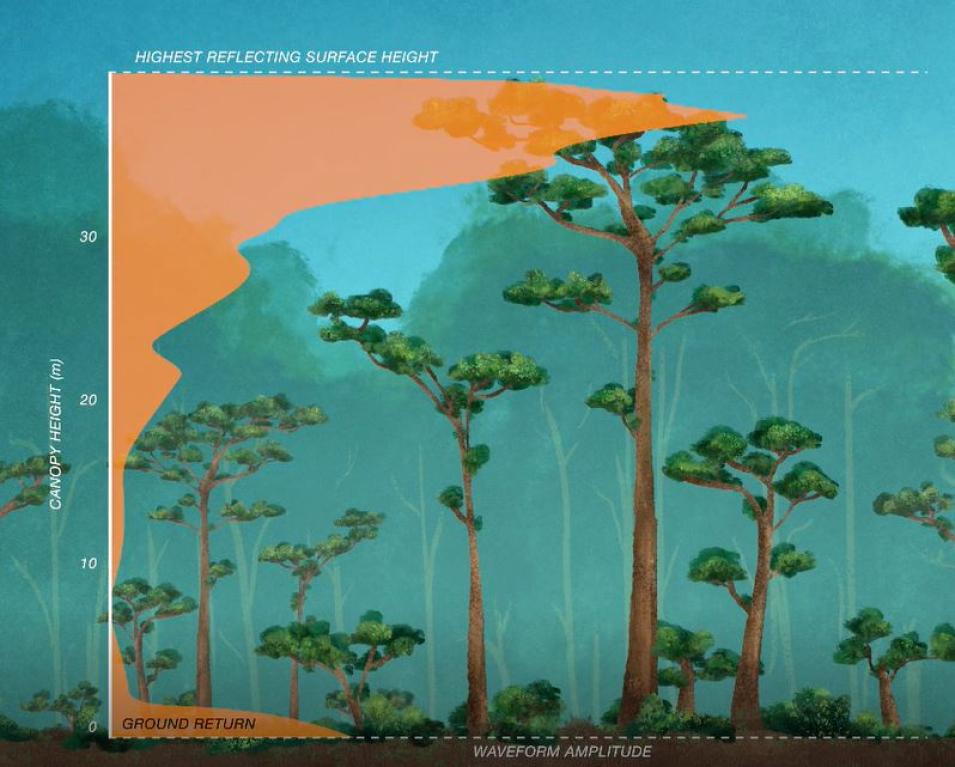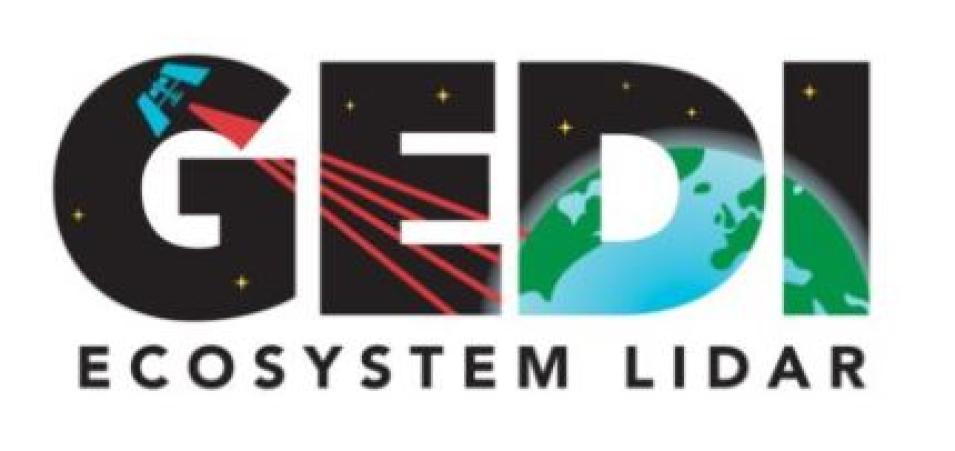At this very moment, approximately 220 miles above the Earth, lasers from the Global Ecosystem Dynamics Investigation (GEDI) instrument on the International Space Station (ISS) are firing 242 times per second, illuminating 25-meter footprints on the Earth’s surface, and taking systematic and detailed 3D measurements of forest canopy height, forest structure, and surface elevation.
Since the initial release of GEDI Level 1 and Level 2 data in January 2020, these three-dimensional assessments of the Earth’s terrestrial biomes have enhanced the ecological research community’s investigations of planet’s most diverse environments. Now, NASA’s Oak Ridge National Laboratory Distributed Active Archive Center (ORNL DAAC) has released the first Level 4 data from the GEDI mission, which is sure to benefit ecological research even more.
“This is the first time that aboveground biomass density (AGBD) estimates are available at this level of detail for tropical and temperate forests across the world,” said Dr. Rupesh Shrestha, a research staff member at the ORNL DAAC. “Distribution of aboveground biomass (or carbon) and how it interacts with the changing climate and other disturbances is not well understood. GEDI provides globally consistent measurements and algorithms and helps to overcome the uncertainties in AGBD estimates.”
The models used to produce Level 4A data were developed with field estimates of AGBD collocated with simulated GEDI waveforms from discrete-return airborne lidar and used a quality-filtered calibration dataset that contains 8,587 simulated waveforms in 21 countries. The GEDI approach to developing footprint AGBD models considers multiple candidates stratified by world region and plant functional type (PFT) with different functional forms. The footprint models represent the following combination of PFTs: deciduous broadleaf trees, evergreen broadleaf trees, evergreen and deciduous needleleaf trees, and combinations of woodlands, grasslands, and shrubs.
The Level 4A dataset consists of 6,742 files in HDF5 format and covers the period from April 18, 2019, to September 2, 2020. These files include more than 5 billion land surface shots (measurements), which is orders of magnitude more than any previous global biomass study. The Level 4A product also contains all the ancillary information necessary to reproduce the AGBD prediction for individual GEDI measurements from Level 2A data.
About the GEDI Mission
Launched on December 2018 and installed on the ISS’s Japanese Experiment Module-Exposed Facility, GEDI is a full waveform lidar (i.e., laser version of radar) instrument offering the highest resolution and densest sampling of any lidar ever put in orbit. Led by scientists at the University of Maryland, the mission is supported by NASA’s Goddard Space Flight Center in Greenbelt, Maryland.


